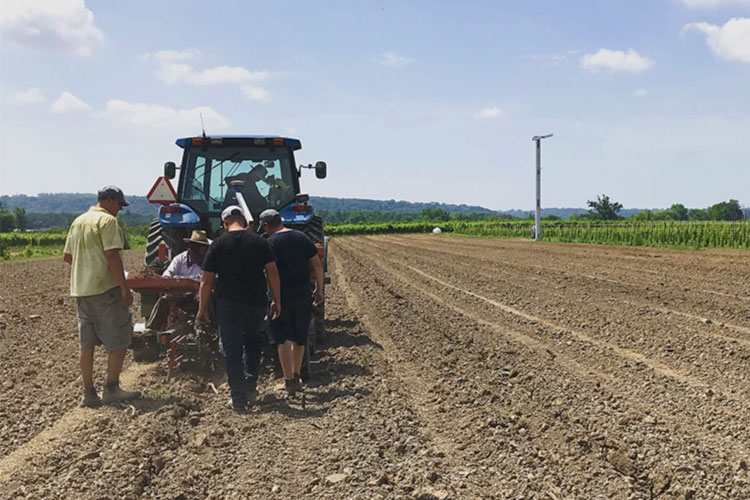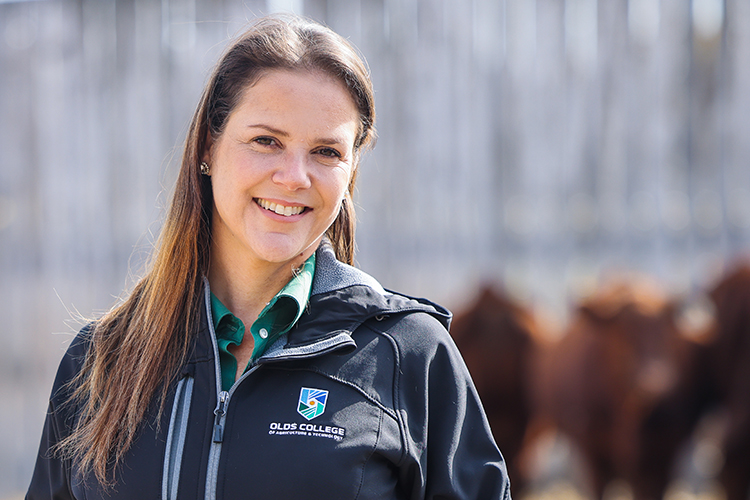CCOVI research vineyards to tackle climate change challenges

Brock University’s Cool Climate Oenology and Viticulture Institute (CCOVI) is looking to aid Canada’s grape growers and wineries with the help of two new research vineyards.
CCOVI partnered with two commercial grape growers to plant the St. Catharines and Niagara-on-the-Lake vineyards that will be used for a clone and rootstock evaluation program of the main VQA grapevine varieties in Ontario.
Jim Willwerth, CCOVI Senior Scientist, said the program takes a proactive approach that will help the industry grow and adapt to challenges expected with climate change.
“We are looking at cold hardiness, fruit composition, wine quality and general vine performance, so that the industry knows the best combinations to use for our core grape varieties,” said Willwerth.
One vineyard was planted on a heavier clay soil and the other on a sandy soil to represent different vineyard conditions found in Ontario. There are different varieties of vines in each with multiple clone and rootstock combinations.
Planting and management of the research vineyards was funded through the NSERC Collaborate Research and Development grant program in partnership with Ontario Grape and Wine Research Inc.
“The funding and support from both government and industry for this research allows us to address timely, industry-driven research questions that will help ensure the continued growth and sustainability of the Canadian grape and wine industry,” said Debbie Inglis, Director of CCOVI and program lead. “The industry, at this time, is interested in evaluating clean plant material and looking at what combinations do the best under our conditions.”
This article was adapted with permission from ![]() Brock University.
Brock University.
Up next

Advancing Reproductive Efficiency & Stress Management in Beef Heifers
The primary goal of a cow-calf operation is to produce one calf per cow per year. However, the journey to achieving this reproductive success is fraught with challenges influenced by a variety of factors, including genetics, nutritional status, and stress, each playing a crucial role in the performance of heifers.